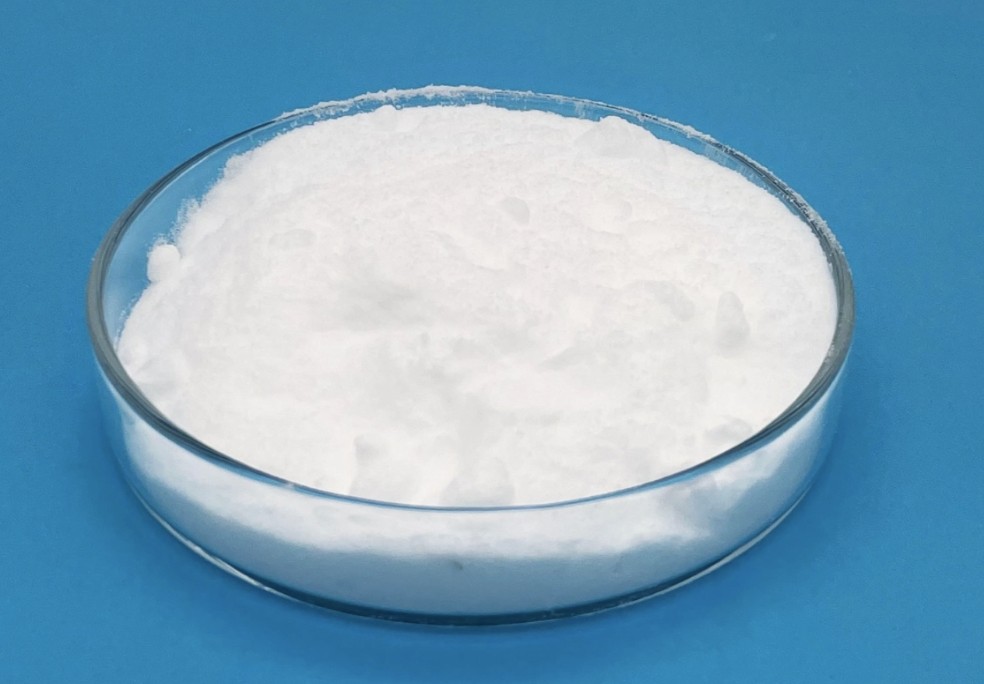Tetracaine
CAS NR.: 94-24-6
Renhet: 99%
Molekylär formel: C15H24N2O2
Molekylvikt: 264.3633
Beskrivning: vitt pulver
Specifikation: USP
Används: Lokalbedövning
Tetracaine (VÄRDSHUS, also known as amethocaine; trade name Pontocaine. Ametop and Dicaine) is a potent local anesthetic of the ester group. It is mainly used topically in ophthalmology and as an antipruritic, and it has been used in spinal anesthesia. It is on the World Health Organization's List of Essential Medicines, a list of the most important medication needed in a basic health system.
(1) In biomedical research, tetracaine is used to alter the function of calcium release channels (ryanodine receptors) that control the release of calcium from intracellular stores. Tetracaine is an allosteric blocker of channel function. At low concentrations, tetracaine causes an initial inhibition of spontaneous calcium release events, while at high concentrations, tetracaine blocks release completely.
(2) Tetracaine is the T in Tac, a mixture of 5 till 12 per cent tetracaine, 5M(per myriad), a half per mille (0.5‰), eller .05 procent (1 part in 2000) , och 4 eller 10 per cent hydrochloride used in ear, nose & throat surgery and in the emergemcy department where numbing of the surface is needed rapidly, especially when children have been injured in the eye, ear, or other sensitive locations.
(3) Tetracaine is synthesized from 4-butylaminobenzoic acid. The ethyl ester is formed through an acid-catalyzed esterification reaction. Base-catalyzed transesterification is achieved by boiling the ethyl ester of 4-butylaminobenzoic acid with excess 2-dimethylaminoethanol in the presence of a small amount of sodium ethoxide.
Before using Tetracaine, barbiturates should be taken first. A small amount of adrenaline should be added into Anesthetic to improve capillary contraction, and decrease drug absorption.
You should make a trial before using topical anesthetic. Only without allergic reaction can appropriate amount be used.In biomedical research, tetracaine is used to alter the function of calcium release channels (ryanodine receptors) that control the release of calcium from intracellular stores. Tetracaine is an allosteric blocker of channel function. At low concentrations, tetracaine causes an initial inhibition of spontaneous calcium release events, while at high concentrations, tetracaine blocks release completely.Used for mucosal epidermal anesthesia, nerve tissue anesthesia, epidural anesthesia and Subarachnoid space anesthesia.In the manufacture of pharmaceutical preparation for external use, to relieve the pain of drugs or medication lesions pain.
Tetracaine HCL is synthesized from 4-butylaminobenzoic acid. The ethyl ester is formed through an acid-catalyzed esterification reaction. Base-catalyzed transesterification is achieved by boiling the ethyl ester of 4-butylaminobenzoic acid with excess 2-dimethylaminoethanol in the presence of a small amount of sodium ethoxide.
Tetracaine is the T in Tac, a mixture of 5 till 12 per cent tetracaine, 5M(per myriad), a half per mille (0.5‰), eller .05 procent (1 part in 2000) , och 4 eller 10 per cent hydrochloride used in ear,nose & throat surgery and in the emergemcy department where numbing of the surface is needed rapidly, especially when children have been injured in the eye, ear, or other sensitive locations.
| Testföremål |
Specifikation |
Testresultat |
| Utseende |
Fine, white, crystalline, odorless powder |
confirm |
| Identifiering |
ABC in Pass |
confirm |
| Löslighet |
Very soluble in water, soluble in Alcohol;
insoluble in Ether and Benzene |
confirm |
| USP Reference standards |
USP Tetracaine Hydrochloride RS
USP Endotoxin RS. |
confirm |
| Smältpunkt |
145~150 degree |
146.0~147.5 degree |
| Chromatographic purity |
In Pass |
confirm |
| Related substance |
Not more than the reference solution 0.05% |
confirm |
| Tungmetaller |
≤10 ppm |
confirm |
| PH |
4.5-6.5 |
5.8 |
| Rester vid antändning |
≤0,10 % |
0.05% |
| Förlust vid torkning |
≤ 0.5% |
0.19% |
| Analysera |
98.0 -101.0% |
100.1% |






















